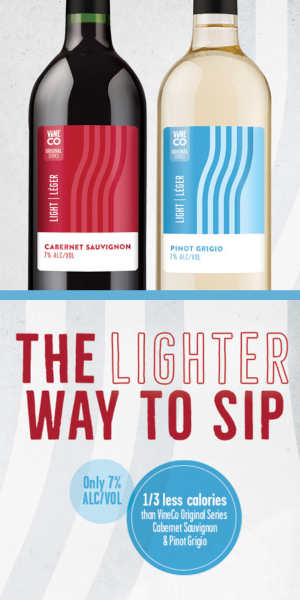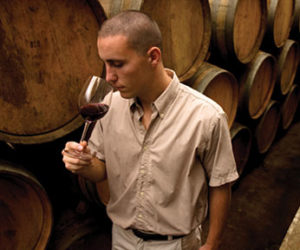 Terms such as “mineral taste” and “minerality” have entered the modern wine lexicon and into common usage probably by traditionalists in an attempt to link the equally ill-defined concept of terroir to wine flavors and aromas. The terms often appear, for example, in tasting notes of Riesling wines and the Chardonnay-based Chablis wines of Burgundian fame where limestone-laced vineyards produce wines described as tasting minerally, rocky or steely with aromas of (gun) flint, as if these aromas and flavors come from the rocks and soils.
Terms such as “mineral taste” and “minerality” have entered the modern wine lexicon and into common usage probably by traditionalists in an attempt to link the equally ill-defined concept of terroir to wine flavors and aromas. The terms often appear, for example, in tasting notes of Riesling wines and the Chardonnay-based Chablis wines of Burgundian fame where limestone-laced vineyards produce wines described as tasting minerally, rocky or steely with aromas of (gun) flint, as if these aromas and flavors come from the rocks and soils.
Alex Maltman, a professor at the University of Wales has offered science-based explanations disproving any plausible connection between mineral taste in wine and minerals in the vineyards, at least not in any simple and direct manner.
Maltman describes the complexities of geological minerals, such as feldspar found in vineyards and which makes up as much as 60% of the Earth’s crust, and their extremely low cation exchange capacity as to make any exchange between minerals and vine roots virtually non-existent. The tiny and diverse mineral content in juice also undergoes substantial changes during vinification and processing, including exogenous addition of, for example, fining agents that can alter the mineral profile, and therefore, the final mineral content can be dramatically different from vine to wine.
It’s interesting to underline iconoclast Randall Grahm’s (of Bonny Doon fame) experiment of placing rocks in barrels, which demonstrated major changes in texture and mouthfeel of wine and in dramatic differences in aromatic compounds. The results beg the question as to whether foreign soluble substances were present on the surface of the rocks. Rocks are insoluble and, as Maltman asserts, therefore tasteless as are practically all geological minerals, and essentially non-volatile and therefore cannot confer any aromas. Maltman substantiates this by the fact that mineral content in drinking water is in the order of 1,000 times greater than that found in wine, and so, detection levels are simply too low to impart “minerality.” This makes the case of minerality in the vineyards of Chablis rather weak given their relatively infertile (but stony) soils. Scientific research has been unable to identify a common descriptor for minerality amongst expert panelists or any direct links between the origins of the wines and descriptors used. Grahm’s results could be explained by the presence of petrichor, volatile compounds present in the atmosphere, originating from the decomposition of animal and vegetable matter.
And that smell of flint? Flint is inert and therefore has no taste or smell. The smell results from the burning particles of pyrophoric iron when flint is struck.







